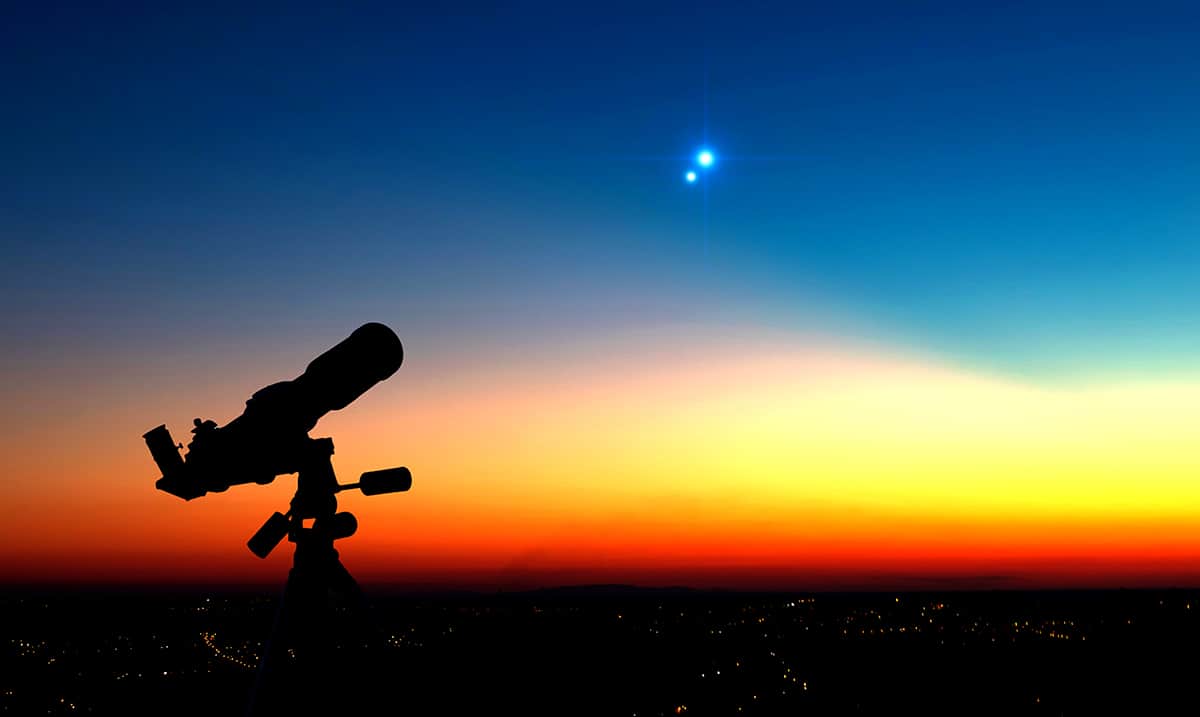On June 1, 2021, the moon and Jupiter will pass very closely in the sky. While it isn’t a rare event, it is a powerful one!
What It Means In Astrology
Via Astrology King
Moon conjunct Jupiter transit makes you feel happy and content. You will want to share your good mood, making this a good time for socializing and partying. This is a time of optimism, generosity, and good fortune.
Things that you start now should be successful as they are based on good intentions. This is especially the case for those things related to growth and happiness. It could be an overseas holiday, a financial investment, or an intimate relationship.
Spending quality time with loved ones would be particularly rewarding now. Your caring and supportive attitude can bring new friendships and favors from others.
Your warm feelings are contagious and you will look and feel more attractive than usual. Social and public popularity is associated with this transit as well as a strong feminine influence. A significant woman in your life will have a positive effect on your personal or spiritual development.
If this transit is a moon phase then it signals the right time to join groups, start a long journey, enroll in a higher education course, or take legal action. Births and marriages will benefit from growth and good fortune.
Luck is on your side but most rewarding should be your emotional and spiritual growth. A range of diverse relationships and cultural experiences can enrich your life in personal and material ways.

Silhouette of a astronomy telescope with twilight sky.
What it Means In Astronomy
Via StarWalk
On June 1, at 05:00 EDT (9:00 GMT), Jupiter will be at 4.4º north of the Moon. At the night of conjunction, the 59.8% illuminated Moon will shine with a magnitude of -12.1. The gas giant will be at a magnitude of -2.5, and both sky objects will be placed in the constellation Aquarius.
The Moon is, without a doubt, one of the most easy-to-find objects in the night sky. So is dazzling Jupiter, the 4th-brightest celestial body — after the Sun, the Moon, and Venus, respectively. Depending on your time zone, you might miss the exact moment of conjunction; however, you can still see Jupiter passing very close to our natural satellite. Thereby, start your observations just before dawn and let the Moon be your reference point.
If the weather conditions are favorable, you’ll be able to spot moderately bright Saturn nearby at around the same time. Although Saturn shines as a 1st-magnitude star, you’ll probably need binoculars to see it more clearly.
At a certain moment, Pluto and Neptune (both can’t be observed with a naked eye) will almost line up with the much brighter neighbors above the horizon. To see such a configuration, use the stargazing guide Star Walk 2. Its Time Machine feature will help you plan observations in advance: tap the clock icon in the upper-right corner of the screen and rewind time forward (or backward) to see the sky at different times.
Happy Observing!

